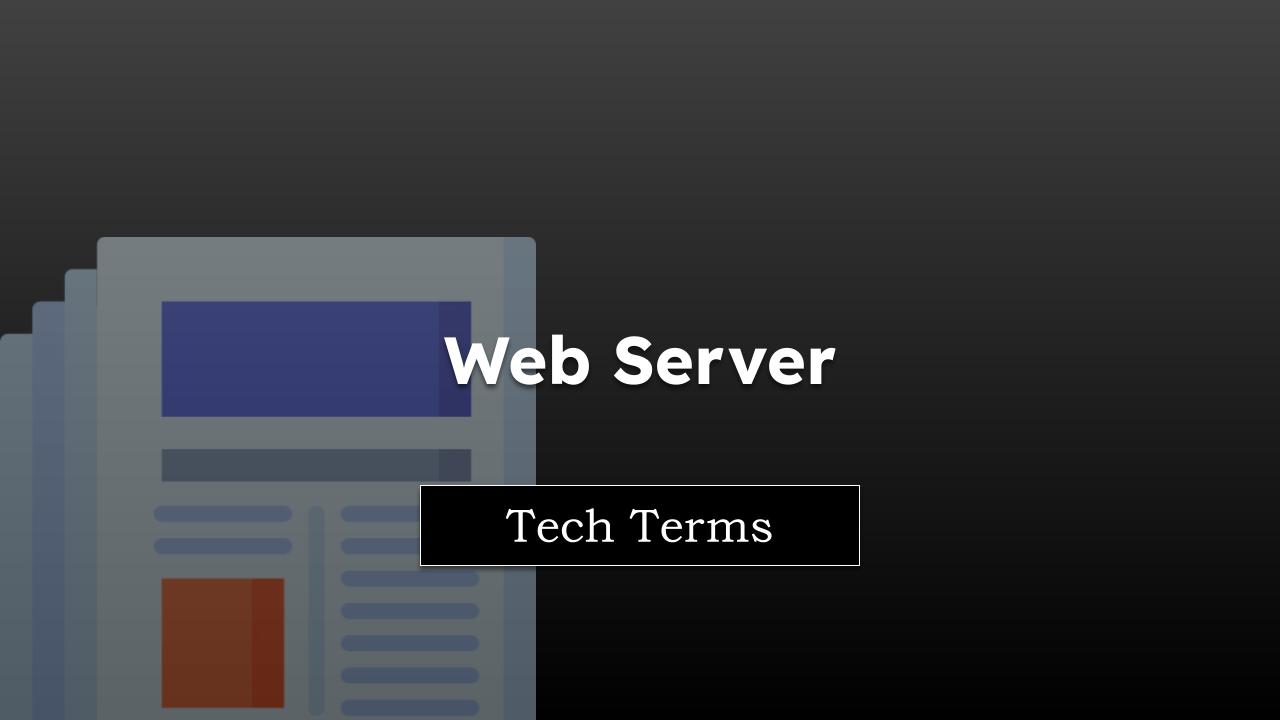When you’re surfing the internet behind the scenes, there’s a lot going on to make that experience smooth and efficient for you. One of the critical elements in this process is HTTP or Hypertext Transfer Protocol.
Simply put, HTTP is the system your web browser uses to request, retrieve, and display information from the internet.
Note: The page is part of the browser vocabulary to help you understand technical terms.
In this guide, I have shared written instruction about:
How Does HTTP Work?
Think of HTTP as the language your web browser speaks when it wants to communicate with the servers that hold the information you’re seeking. Whenever you click on a link or type in a URL, your browser sends an HTTP request to the appropriate server. This request is like a politely worded note saying, “Dear Server, please can I have the information related to this URL?”
Once the server receives your browser’s request, it doesn’t just ignore it. The server reads the note, finds the requested information, and sends it back to your browser in an HTTP response.
This response is like the server’s own note saying, “Dear Browser, here is the information you asked for.” Your browser then takes this information and uses it to build and display the webpage on your screen.
An Easy-to-Understand Example
Let’s imagine a real-world scenario to make this easier to understand. Suppose you’re at a restaurant (representing your browser). The restaurant’s menu is full of delicious dishes (the websites). You decide what you want and tell your order to the waiter (the HTTP request). The waiter then goes to the kitchen (the server), tells the chef your order, and the chef starts preparing your dish (the server retrieves the requested information).
Once your order is ready, the waiter brings your meal back to your table (the HTTP response). Finally, you receive your dish – the equivalent of the website loading on your browser.
Bottom Line
In conclusion, HTTP is the fundamental protocol that your browser uses to communicate with servers on the internet. It’s the language of request and response that allows your browser to fetch the information you need when you’re browsing the web.
Understanding HTTP helps you appreciate the seamless process that takes place every time you click a link or type in a URL, bringing the world wide web to your fingertips.
Lastly, if you've any thoughts or feedback, then feel free to drop in below comment box. You can also report the outdated information.







